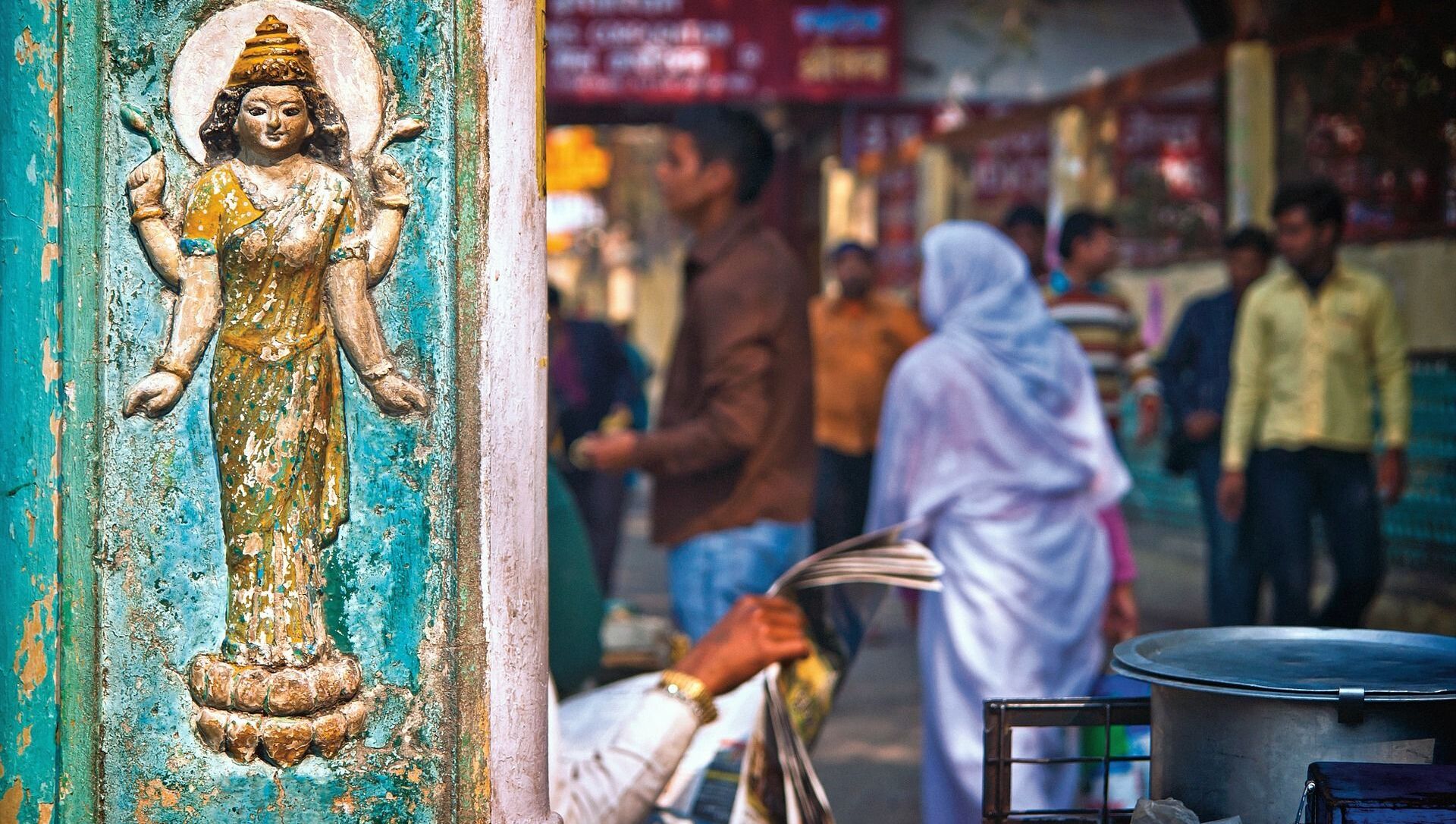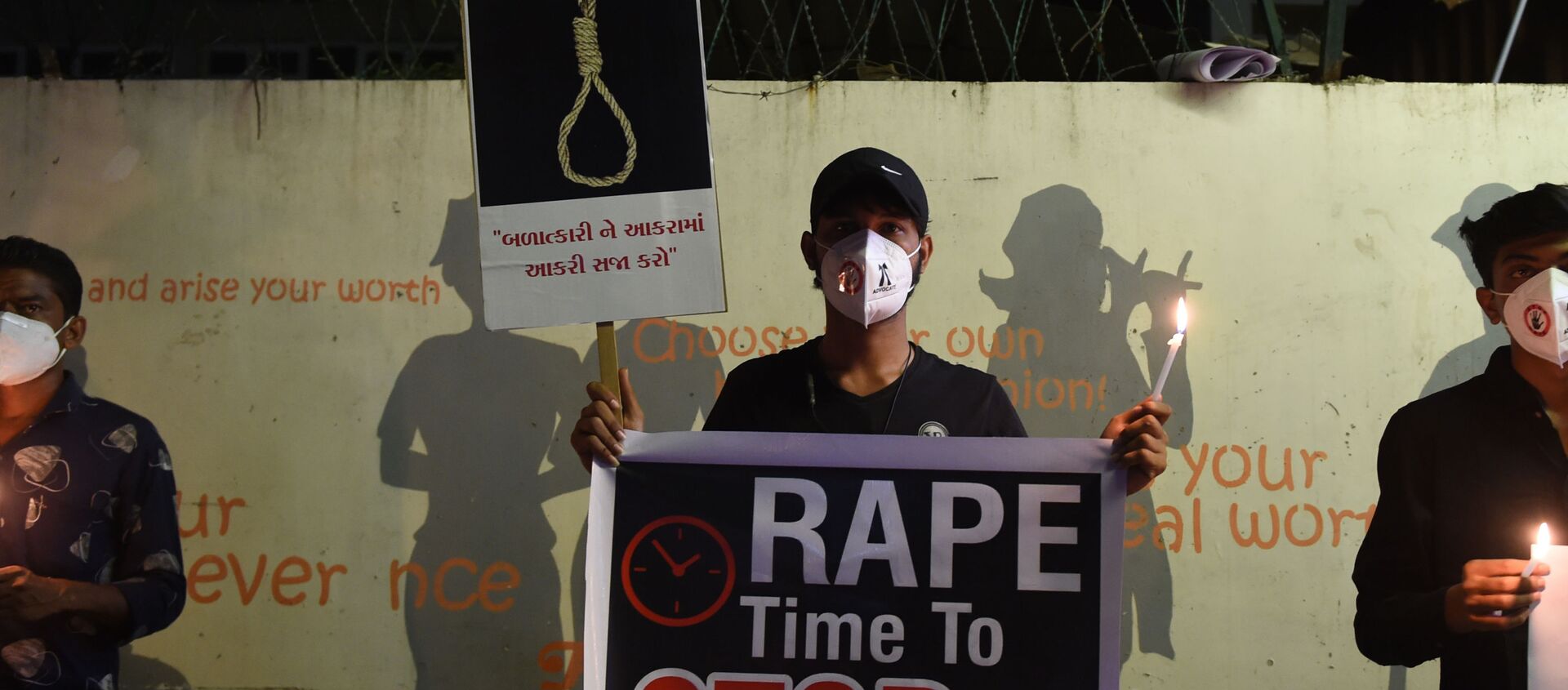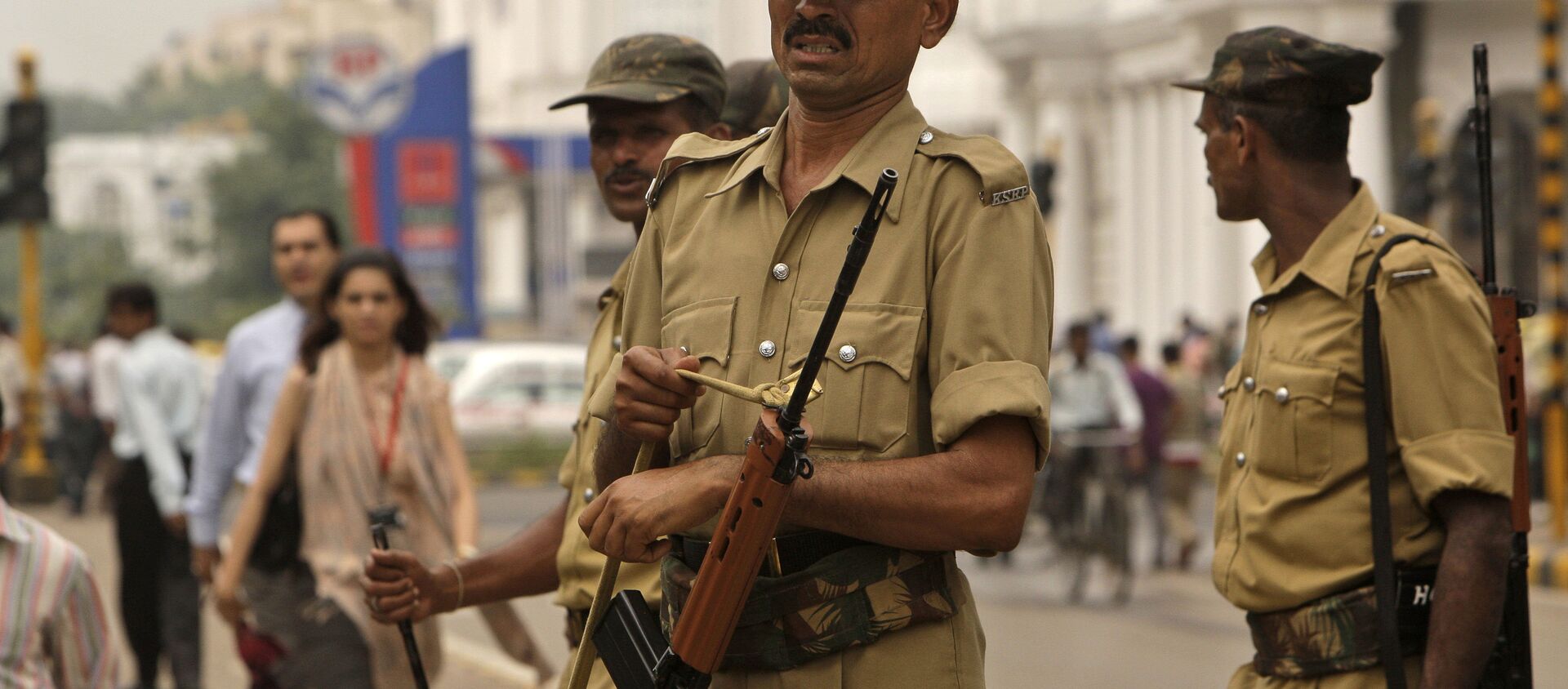In India, it is believed that “Manu” – the first ever man to have existed – wrote a scripture called “Manusmriti” in 6,000 BC that classified humans under four “classes”. The title of the uppermost caste was given to the “Brahmins” – the category of priests and holy saints responsible for maintaining and passing on sacred knowledge. Next came the “Kshatriyas” – for the warriors and protectors of the realm, followed by the “Vaishyas” – for the moneymaking business-class people. The last and “lowermost” category according to Manusmriti was the “Shudras” – people born into families who were not part of the “noble professions”.
Madhura Harshwardhan, a Nagpur city-based sociologist, pointed out the hypocrisy of those relaxing on Ravidas Jayanti, who do not otherwise even appoint house-help before inquiring about their surnames.
“Yes, it’s true that the legal system of India prohibits discrimination on the basis of castes that were established centuries ago, but has India socially accepted people born in the so called ‘lower caste’ as an equally respectable part of the society? In a country where the 'upper castes' do not allow minorities like Dalits and Scheduled Castes to enter their temples or fill water from the same well even today – would these communities have survived without legal provisions and reservations that brings them safety, education and jobs in ‘modern India’? The hypocrisy of casteists celebrating Ravidas Jayanti is laughable”, Harshwardhan said.
On one side, Dalits in Congress-ruled states are facing discrimination and brutality
— Ranjitsinh Chudasama (@bk_chudasama) February 27, 2021
On another side, for pity politics Priyanka Gandhi visiting Saint Ravidas temple in Varanasi
In Rajasthan, Dalit atrocity is the normal day-to-day story.#रविदास_के_… pic.twitter.com/XdZ8jC4jpH
The Indian constitution, drafted by Dalit leader B.R. Ambedkar when the country gained independence in 1947, guarantees legal protection from oppression and discrimination for minorities. India also provides reservations for the minorities in education and job fields.
Uttar Pradesh (UP) state, the birth place of Guru Ravidas, recently came under a bad light after the story of a cremation ground that separated areas for the last rites of “lower caste” people from those reserved for others began appearing online.
“That’s what happens when nobody’s watching, right? After the news went viral and drew criticism online, some of these cremation grounds ended up removing the barbed wiring that separated the funeral areas for upper and lower castes. The urge of being diplomatically and politically right often throws racists and casteists off their natural hateful instincts to please the public. But these are the same people who have separate steel glasses for their house helps – that are not kept on the same rack as other utensils to avoid any ‘mix-up’”, Harshwardhan noted.
Story by @RaiSandeepTOI pic.twitter.com/wnO66FwzK4
— Piyush Rai (@Benarasiyaa) February 20, 2021
Barbed wires dividing the cremation ground came up at a village in UP's Bulandshahr district. Locals claim the cremation ground was divided to seprate cremation space for Dalits and upper caste. Wires were removed after news surfaced in media. pic.twitter.com/GQ4yWOgJY5
— Piyush Rai (@Benarasiyaa) February 19, 2021
The “untouchable” community in India is mostly comprised of Dalits. The word “Dalit” comes from Sanskrit and literally means “broken”.
Between 2006 and 2016, the crime rate against Dalits rose by 25 percent – from 16.3 crimes per 100,000 Dalits reported in 2006, to 20.3 crimes in 2016, according to an IndiaSpend analysis of 2016 National Crime Records Bureau (NCRB) data, the latest available.
On 14 September, 2020, a 19-year-old Dalit woman was gang-raped in the Hathras district of UP allegedly by four upper caste men. After fighting for her life for two weeks, she died in a Delhi hospital. Under the pretence of avoiding communal disharmony, police officers handling the case forcibly cremated the victim’s body in a field – without even letting her mortal remains return home for a farewell.
#Hathras police taking the victim's body for cremation, after keeping her family out #HathrasCase
— NDTV (@ndtv) September 30, 2020
Read here: https://t.co/vTSAsp1xcz pic.twitter.com/Hbrlj2WnOf
Even though the police denied all the accusations, the public condemned officials for their “bigotry” against the lower caste victim.
But still you come under frame work of India. If Centre is ruled by religious bigots, states progress also will be limited based on it.
— krishna (@kkrishna112) September 30, 2020
‘Our fault is that she was Dalit’: In Hathras, a forced cremation, a media circus, and a life of humiliation https://t.co/yyRvRh61s7 #Yogi Adityanath #Uttar Pradesh police #Hathras #Hathras Case
— Abhinandan Sekhri (@AbhinandanSekhr) October 1, 2020
Millennials and Gen Z Could Bring Change
“In its ever evolving glory, the elder generation of India is sadly still stuck on systems that were established centuries ago. Indians in power today grew up in mid-90s, closed in their family lives and ancestral values. The new age Indians, however, are exploring the world! With Internet and cinema, kids are going global even while sitting in the confinement of their rooms. Their perspective towards the society is getting more holistic”, Shikha Shukla, a professor of history and sociology from Bhopal, told Sputnik.
Shukla noted that with topics like mental health awareness and all kinds of equality gaining societal momentum, the future is progressing towards lesser discrimination and more inclusivity, with millennials and Gen Z leading the change.
Social networking platforms have emerged as podiums for activists to raise their voices against social injustice – pushing people scared of judgement to be more sensitive towards the less privileged communities.
The social life of an “untouchable” in India is very different from the fast-paced thrilling lives of the Brahmins, Kshtriyas, and Vaishyas – even today, in the 21st century. Every day is a struggle to survive without others questioning or mocking their dignity and respect in this hyper-connected age of smartphones and the Internet – and young Indians are taking note, the professor observed.
View this post on Instagram





